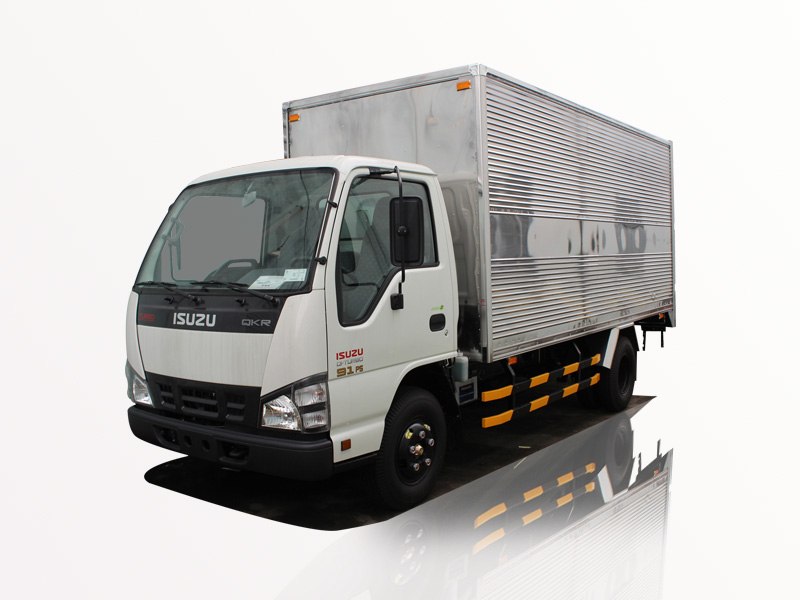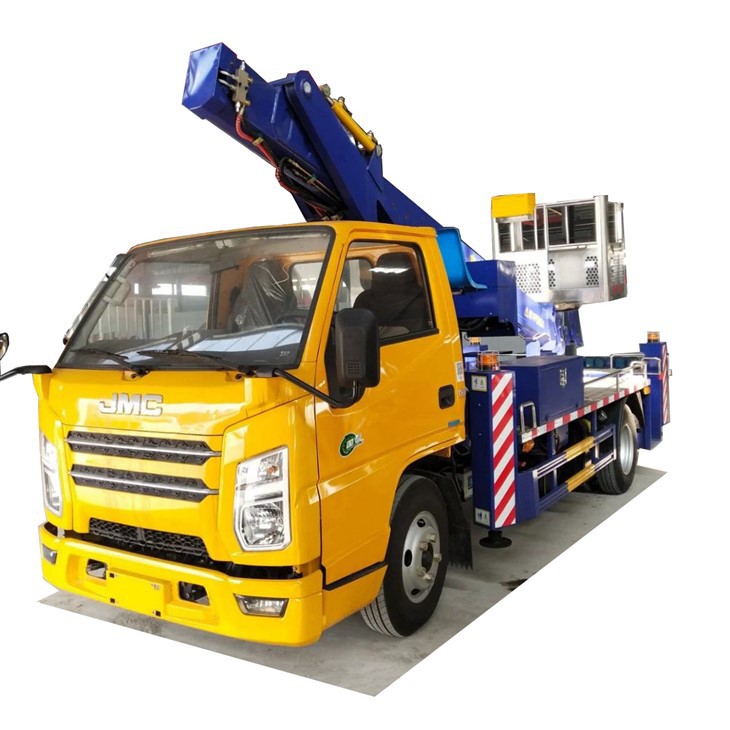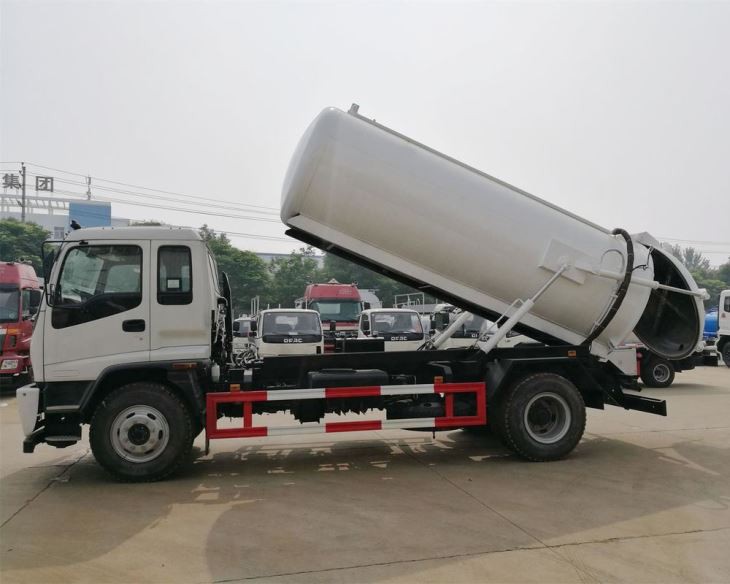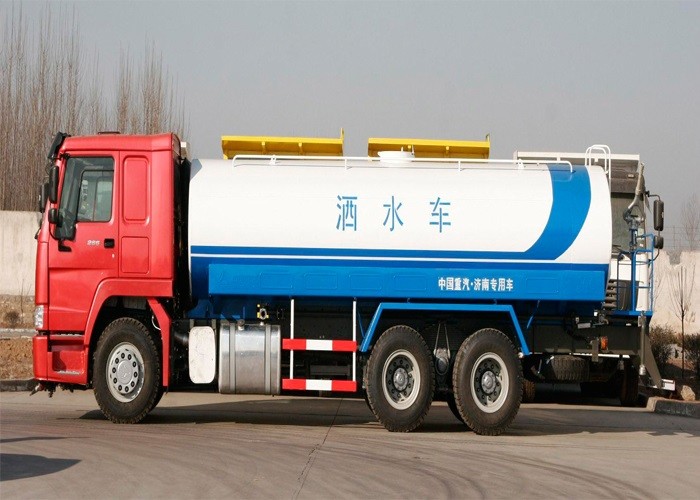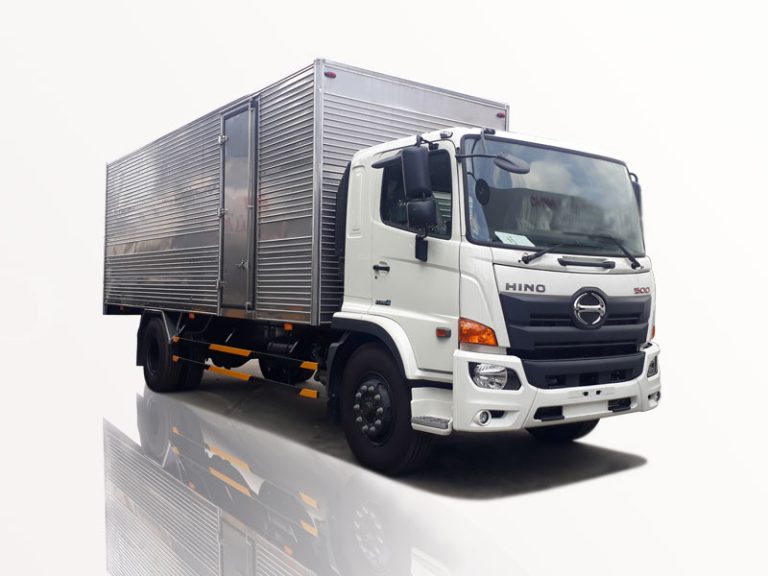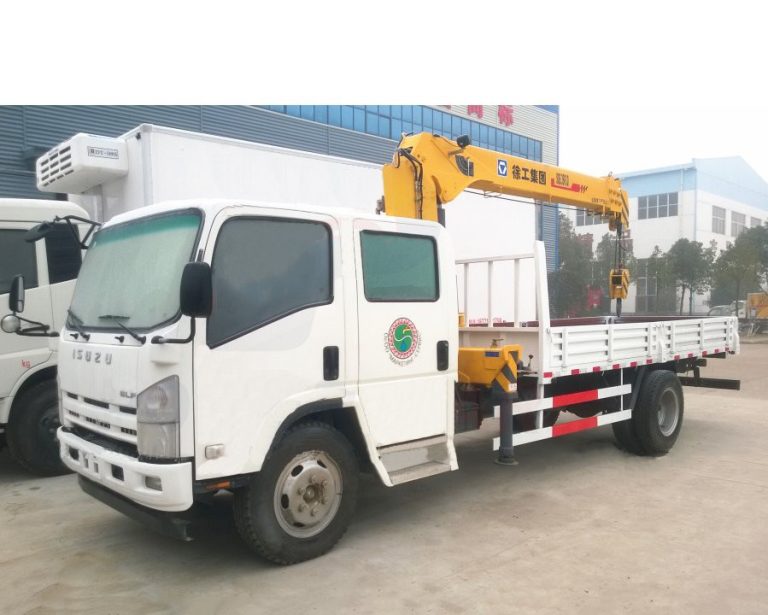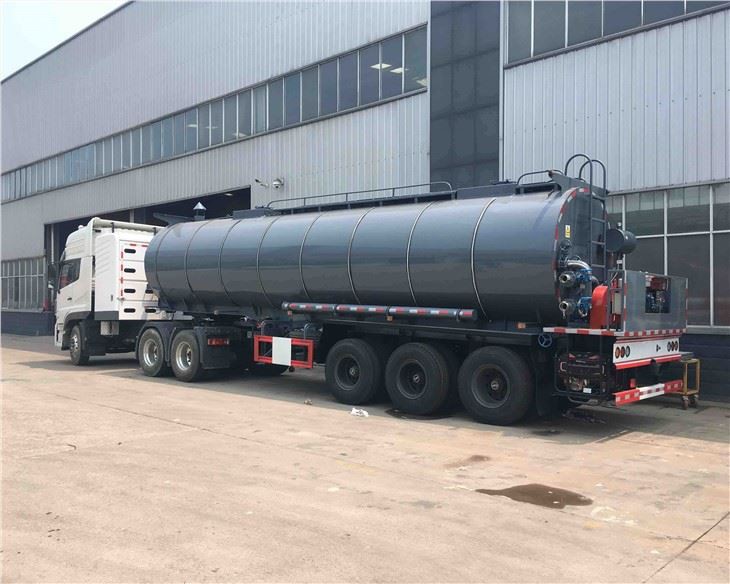When it comes to transporting water, understanding the capacity of tankers is crucial. Whether for agriculture, municipal use, or emergency relief, knowing how much water a tanker can hold helps in planning and logistical operations. This article explores the various types of tankers, their capacities, and practical examples, providing you with an in-depth understanding of tanker water capacities.
Understanding Tankers
What is a Tanker?
A tanker is a type of vehicle designed to transport liquids, including water, oil, chemicals, and gases. Tankers can vary in size and structure, including road tankers, ship tankers, and rail tankers, each designed for specific transportation needs.
Types of Tankers
Tankers come in different forms, catering to various requirements:
- Road Tankers: These are trucks equipped with large tanks for transporting liquids over roads.
- Ship Tankers: Designed for ocean transport, these tankers can hold massive quantities of liquid.
- Rail Tankers: Trains have specially designed tank cars for transporting liquid cargo, including water.
Key Factors Influencing Tanker Capacity
Size and Design
The capacity of a tanker significantly depends on its size and design. Here are the key factors:
- Volume: The overall capacity limits how much water a tanker can hold.
- Construction Material: Different materials can affect the maximum weight a tanker can carry.
- Shape: A cylindrical shape is common, providing efficient volume distribution.
Regulatory Standards
Regulations imposed by maritime and transportation authorities can impact how much water a tanker can hold. Compliance with safety standards is crucial, especially for large-capacity tankers.
Water Tanker Capacities
Average Capacities of Different Tanker Types
| Tanker Type | Average Capacity (liters) | Average Capacity (gallons) |
|---|---|---|
| Small Road Tanker | 5,000 – 10,000 | 1,320 – 2,640 |
| Standard Road Tanker | 10,000 – 30,000 | 2,640 – 7,920 |
| Large Road Tanker | 30,000 – 45,000 | 7,920 – 11,880 |
| Ship Tanker | 200,000 – 500,000 | 52,834 – 132,086 |
| Rail Tanker | 30,000 – 40,000 | 7,920 – 10,570 |
Specific Examples of Tanker Capacities
Here are some real-world examples of tankers and their respective capacities:
- Water Tank Truck: A typical water tanker truck used for construction sites can hold around 12,000 liters (about 3,170 gallons).
- Oil Tanker Ship: A Medium Range (MR) tanker can carry approximately 45,000 to 55,000 DWT (Deadweight Tonnage), equating to around 50,000 to 80,000 barrels of oil, which corresponds to about 7,800,000 to 12,700,000 liters.
- Municipal Water Tankers: These vehicles are designed to supply water for large events and can hold between 10,000 to 30,000 liters (2,640 – 7,920 gallons).
Choosing the Right Tanker for Your Needs
Assessing Water Needs
Before selecting a tanker, assess your specific water requirements, including:
- Volume needed
- Distance to transport
- Delivery timeline
Factors to Consider
When choosing a tanker, consider:
- Purpose: Determine whether the water is for construction, agriculture, or emergency use.
- Tank Material: Ensure the tank material is suitable for potable water if applicable.
- Regulations: Check state and local regulations around water transport.
Operational Considerations
Maintenance of Water Tankers
Regular maintenance is essential for longevity and efficiency:
- Inspect hoses and connections regularly for leaks.
- Clean the interior of the tanks to avoid contamination.
- Check pumps and engines to ensure they are functioning correctly.
Best Practices for Loading and Unloading
Follow these best practices for efficient water transport:
- Use proper loading techniques to reduce sloshing and stabilize the load.
- Ensure the tanker is clean and free from any residues before loading.
- Train personnel on safe unloading procedures to prevent spills and accidents.
Environmental Considerations
Impact of Water Transport
Transporting water, especially over long distances, can have environmental impacts. Consider:
- Use of fossil fuels in transport and its contributions to greenhouse gases.
- Potential water loss through evaporation, especially in warmer climates.
Strategies for Sustainable Water Transport
To minimize impacts, consider:
- Using energy-efficient vehicles for transportation.
- Implementing water conservation techniques at the point of origin.
- Utilizing renewable energy sources where feasible.
Case Studies of Water Transportation
Municipal Water Supply
In many cities, water tankers play an essential role in supplying clean water, especially during droughts. For example, a city facing a water crisis increased its water tanker fleet to meet demand, operating tankers with capacities of 20,000 liters.
Agricultural Applications
Agricultural operations often rely on truck tankers for irrigation purposes. In regions with limited rainfall, tankers can transport tens of thousands of liters of water to fields, illustrating the significant impact of water transportation on crop yields.
Disaster Relief Efforts
Water tankers are critical during natural disasters. For instance, following an earthquake, tankers are deployed to affected areas, providing emergency water supplies. Sizes can range from smaller units (10,000 liters) to larger ones (50,000 liters), depending on community needs.
FAQ Section
How do I calculate the capacity of a tanker?
To calculate the capacity, you need to know the dimensions of the tank. For cylindrical tanks, use the formula: Volume = π × radius² × height. Convert the result into liters or gallons as required.
Are there regulations governing tanker sizes?
Yes, regulations vary by region and may dictate the maximum load for safety and environmental reasons. It is essential to check local laws before operating a tanker.
What types of tankers are best for potable water?
Cylindrical stainless steel or food-grade plastic tankers are the best options as they prevent chemical leaching and are easier to clean.
What is the difference between a tanker truck and a tanker ship?
A tanker truck is designed for road transport, typically holding up to 45,000 liters, while tanker ships are for marine transport and can hold hundreds of thousands of liters of liquid cargo.
How often should water tankers be cleaned?
It is advisable to clean water tankers regularly, ideally after every delivery, or at least once a month, especially if transporting potable water.
Can tankers be used for both water and fuel?
It is not recommended as contamination may occur. Tankers should be dedicated to either water or fuel and should be appropriately labeled and maintained to prevent cross-contamination.
